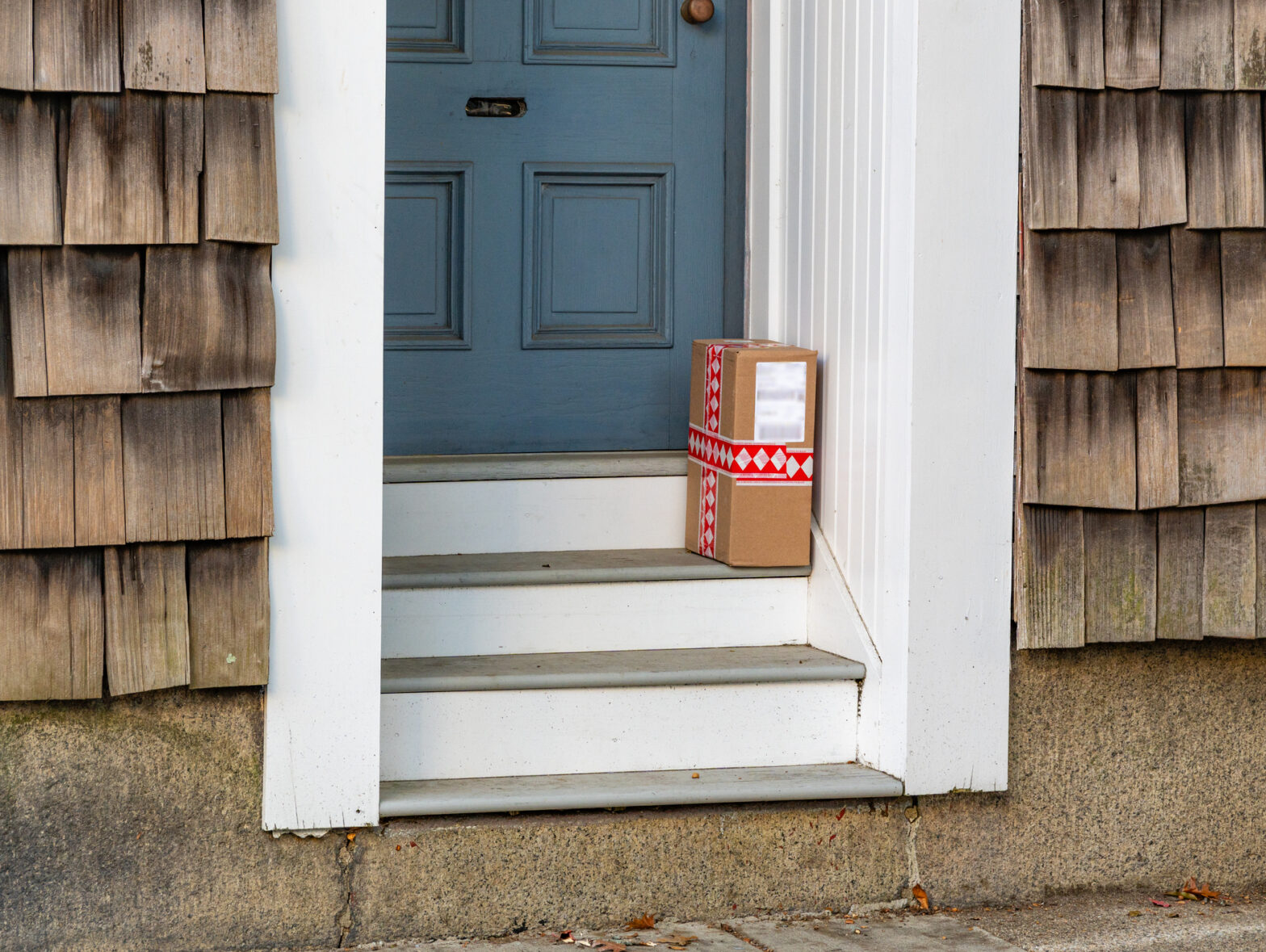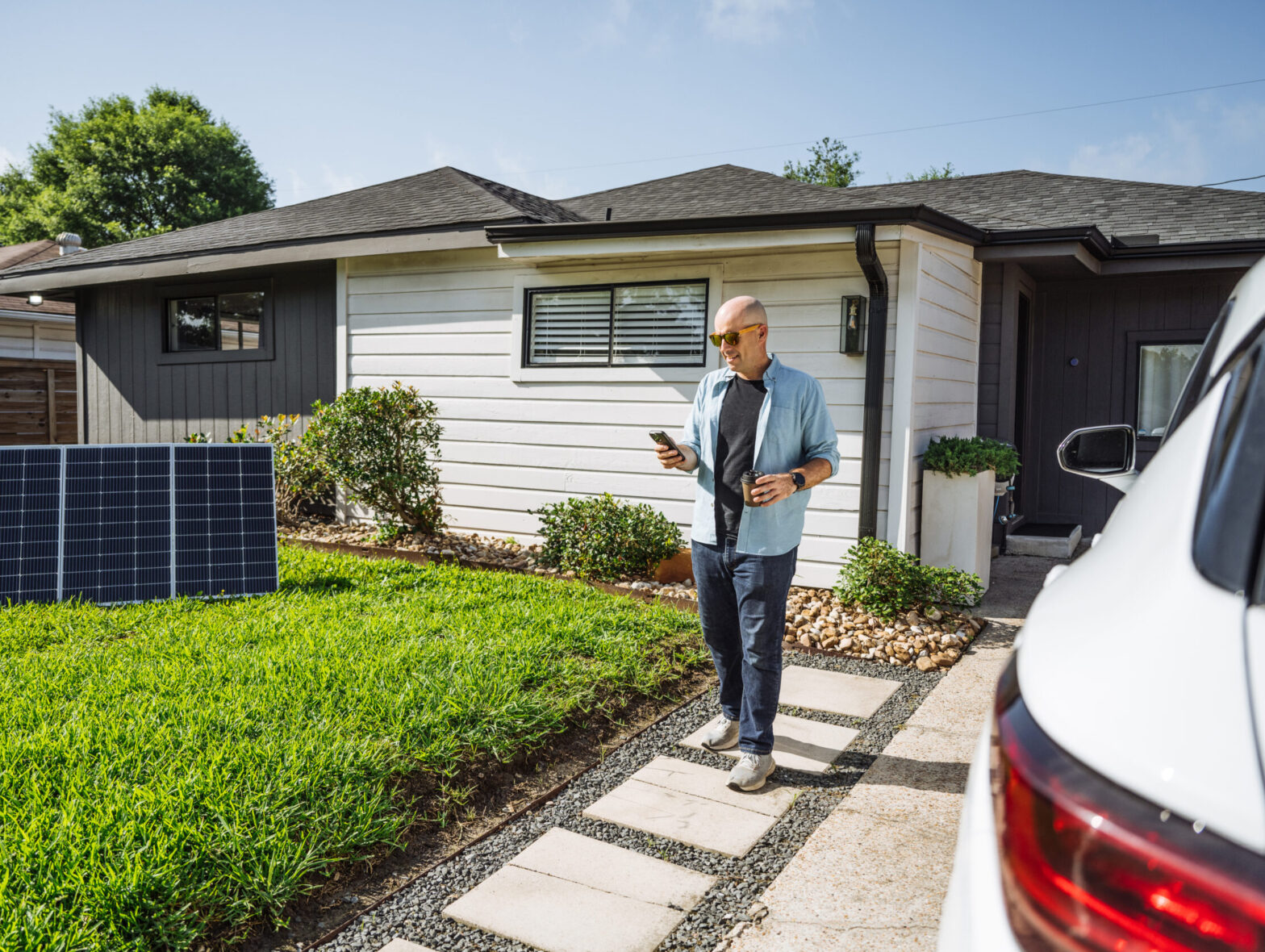Originally published in AESP’s Energy Intel magazine.
Demand response (DR) is a tried and true method for managing peak residential demand on the electric grid. Although still nascent, gas DR presents a similar opportunity to increase load flexibility and in doing so, address gas pipeline constraints.
Winter is Coming and Gas Challenges are Imminent
Natural gas prices have recently spiked to a 14-year high – resulting in rising electricity costs and even an inability to even deliver gas to households. A number of factors have increased natural gas prices within the U.S., such as substantial heat waves this summer, conflict in Ukraine, and low inventory levels within the U.S.
Natural gas fuels much of the generation used to supply electricity during peak demand to the grid. As a result, ISO-NE notes this as an energy security concern that poses major reliability challenges. A “perfect storm” of unpredictable winter weather conditions and unavailability of non-gas resources – like renewable generation from solar and wind or mechanical failures from aging gas-fired generators – could increase electricity dependence on natural gas resources.
Ultimately, residential customers are left paying the price. Not only can rising gas prices translate to higher electricity prices during the winter, but gas pipeline constraints can affect utilities’ ability to deliver the supply needed for end-use consumption to heat customers’ homes. Not being able to heat your home during extreme winter events is one of the scariest situations for a customer, not to mention life-threatening.
Utilities can either create more capacity in the gas distribution system by incentivizing the construction of new gas pipelines (an expensive and time-intensive investment) or use load reduction strategies – such as gas DR – to address these constraints.
What is Gas DR and Why is it Different?
Gas DR is similar to electric in that it is one method utilities can use to reduce energy usage during peak times. However, while it is tempting to apply the same approach for electric DR programs to gas, these two systems differ substantially:
- Gas Travels Differently: On the electric grid, supply must meet demand near instantaneously. But when it comes to gas distribution, natural gas travels more slowly than electricity through pipelines and is much easier to store – both in the short term and over time (such as in depleted gas reservoirs, aquifers, or mined salt caverns).
- Market Procurement Impacts Pricing: Most utilities procure gas on a long-term contract basis, whereas electricity is procured in near real-time depending on the market.
- Peak Gas Events are Longer and Less Frequent: If storage options aren’t readily available and gas is scarce, utilities often face longer time periods during which they have to address constraints. These timeframes often last at least 24 hours, if not several days–meaning that a 4-hour event window (typically used for electric DR) likely can’t meet the duration needs of a peak gas event. Additionally, gas events are only needed a handful of times a year, unlike the higher frequency of electric DR events.
- AMI Isn’t Widely Available for Gas Customers: Advanced metering infrastructure (AMI) is not as widely deployed in the U.S. for gas meters compared to electric. Even though measurement and verification is still possible for gas events using device telemetry, the lack of AMI deployment can limit evaluation approaches.
- Time-of-Use Rates are Difficult to Roll Out: Electric utilities can translate hourly price signals to customers via time-of-use rates to incentivize energy usage, but this is harder for gas utilities to do given the differences in the physical transportation of the energy source and the procurement markets.
Gas DR Can Provide More Load Flexibility
The differences between electric and gas DR translate into different approaches for meeting utilities’ load flexibility needs.
In the past, ad hoc behavioral interventions were often used to manage extreme events – such as asking customers to reduce their heat or electricity consumption. However, these alone may not actually drive utilities’ outcomes. Interventions that depend on the customer taking action or manually controlling their thermostat become near-impossible if winter events begin in early morning hours before most customers are awake.
Instead, according to Brattle, smart thermostats can complement behavioral interventions and allow for even better results by remotely controlling a customer’s usage and thus creating a more dependable resource. Researchers at the National Renewable Energy Laboratory (NREL) and the US Department of Energy also found that gas DR with residential smart thermostats could reduce demand by 1-14% during extreme cold-weather conditions.
Gas Pilots Show Potential for Utilities and Customers
Early gas pilots – including a pilot that Uplight managed for a midwestern utility – have shown that customers are willing and interested in participating in gas DR. The Uplight-managed pilot included 4 and 24-hour gas events, along with targeted events that were specific to geographical areas that experienced pipeline constraints. This pilot was intended to test a “non-pipes alternative” by exploring the feasibility of deferring or avoiding pipeline infrastructure investments, as well as to capture additional benefits for customers in terms of bill savings during these winter months.
A new concept, these 24-hour gas events were structured to keep customers within their comfort band, but reduce their overall usage by several degrees over an extended 24-hour period. This approach allowed customers to remain comfortable and decreased the likelihood of a customer overriding temperature settings during that period. The result was zero customer opt-outs during that 24-hour window, while still curtailing gas usage and supporting much needed relief to the system.
Coupling device control with behavioral messaging to customers throughout gas events is critical for event success. But proactive communications must span more broadly across the entire customer journey – from enrollment into the DR program through the end of the season – to ensure that customers stay engaged and know why their participation is valued.
The Opportunity to Engage with Gas Customers is Here
Gas DR programs are most effective at driving gas reduction when combined with other customer offerings and opportunities for engagement. Utilities can:
- Leverage high-value communication channels such as Home Energy Reports and High Usage Alerts to promote gas DR programs as a personalized next best action for eligible customers.
- Bundle enrollment into gas DR programs with other types of assistance, products, and customer education about energy efficiency measures. For example, this could include signing up for information about home energy assessments, providing information on other providers like Sealed, or including a free insulation kit with a device enrollment into the program.
- Segment and target outreach to customers for gas DR programs based on their usage or geographic location in relation to pipeline constraints. For example, utilities could offer free smart thermostats to eligible customers (such as qualifying low-to-moderate income households) to drive savings to those eligible customers and meet their system constraint needs.
Looking To the Future
While gas utilities can drive deeper engagement with their customers in the near-term through energy efficiency, some geographic areas – such as California and New England – are more positioned to require interventions like gas DR for greater gas pipeline flexibility sooner rather than later.
But regardless of region, there are options available today to offer customers 24-hour automated energy efficiency optimization through smart thermostats. Although around-the-clock automation isn’t event-based DR, it begs the question: should utilities offer this to customers all the time, not just in emergencies? Electric programs that have utilized energy efficiency and time-of-use optimization with smart thermostats have seen great results for their customers. The Alabama Power Smart Advantage electric program achieved an 11% peak load shift on average across the winter peak window with device optimization (compared to 1-2% of average load shift in standard time of use (TOU) programs) while reducing customer bills an average of $80-$200 per year. Gas utilities could offer similar programs for their customers.
Finally, as the gas industry looks even further to decarbonize with investments in technologies like green hydrogen, gas DR – when coupled with other energy efficiency measures – could play the interim role of bringing greater flexibility to gas networks and mitigating winter pipeline emergencies, all while saving customers money.




